Species Photo Gallery for Paraphlepsius fulvidorsum No Common Name 20 |
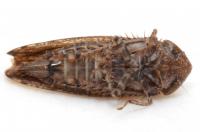 | Photo by: Kyle Kittelberger, Brian Bockhahn
Transylvania Co.
Comment: female; 5.8 mm | 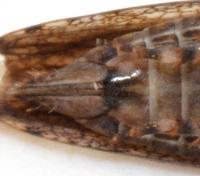 | Photo by: Kyle Kittelberger, Brian Bockhahn
Transylvania Co.
Comment: female; 5.8 mm |
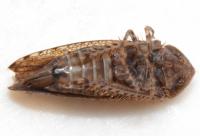 | Photo by: Kyle Kittelberger, Brian Bockhahn
Transylvania Co.
Comment: female; 5.8 mm |  | Photo by: Kyle Kittelberger, Brian Bockhahn
Transylvania Co.
Comment: female; 5.8 mm |
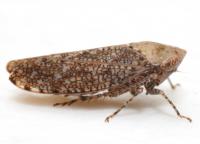 | Photo by: Kyle Kittelberger, Brian Bockhahn
Transylvania Co.
Comment: female; 5.8 mm |  | Photo by: Kyle Kittelberger, Brian Bockhahn
Transylvania Co.
Comment: female; 5.8 mm |
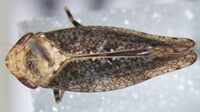 | Photo by: Bo Sullivan
Ashe Co.
Comment: female, 6.1 mm | 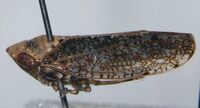 | Photo by: Bo Sullivan
Ashe Co.
Comment: female, 6.1 mm |
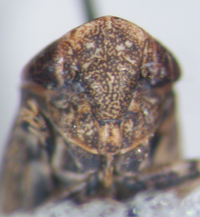 | Photo by: Bo Sullivan
Ashe Co.
Comment: female, 6.1 mm | 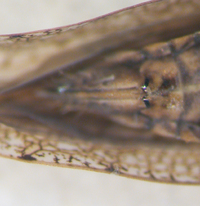 | Photo by: Bo Sullivan
Ashe Co.
Comment: female, 6.1 mm |
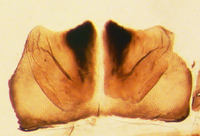 | Photo by: Bo Sullivan
Ashe Co.
Comment: female, 6.1 mm | 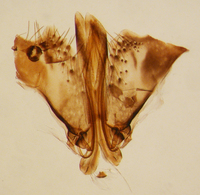 | Photo by: Bo Sullivan
Ashe Co.
Comment: female, 6.1 mm |
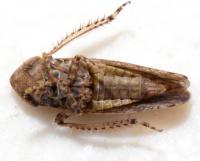 | Photo by: Kyle Kittelberger
Out Of State Co.
Comment: male; 5.7 mm | 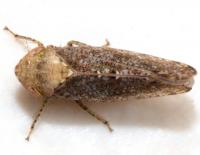 | Photo by: Kyle Kittelberger
Out Of State Co.
Comment: male; 5.7 mm |
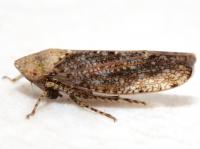 | Photo by: Kyle Kittelberger
Out Of State Co.
Comment: male; 5.7 mm | 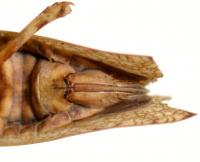 | Photo by: Kyle Kittelberger
Out Of State Co.
Comment: NCSU specimens |
 | Photo by: Kyle Kittelberger
Out Of State Co.
Comment: NCSU specimens | 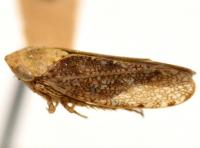 | Photo by: Kyle Kittelberger
Out Of State Co.
Comment: NCSU specimens |
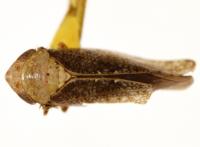 | Photo by: Kyle Kittelberger
Out Of State Co.
Comment: NCSU specimens |  | Photo by: Kyle Kittelberger
Out Of State Co.
Comment: NCSU specimens |
|

 »
»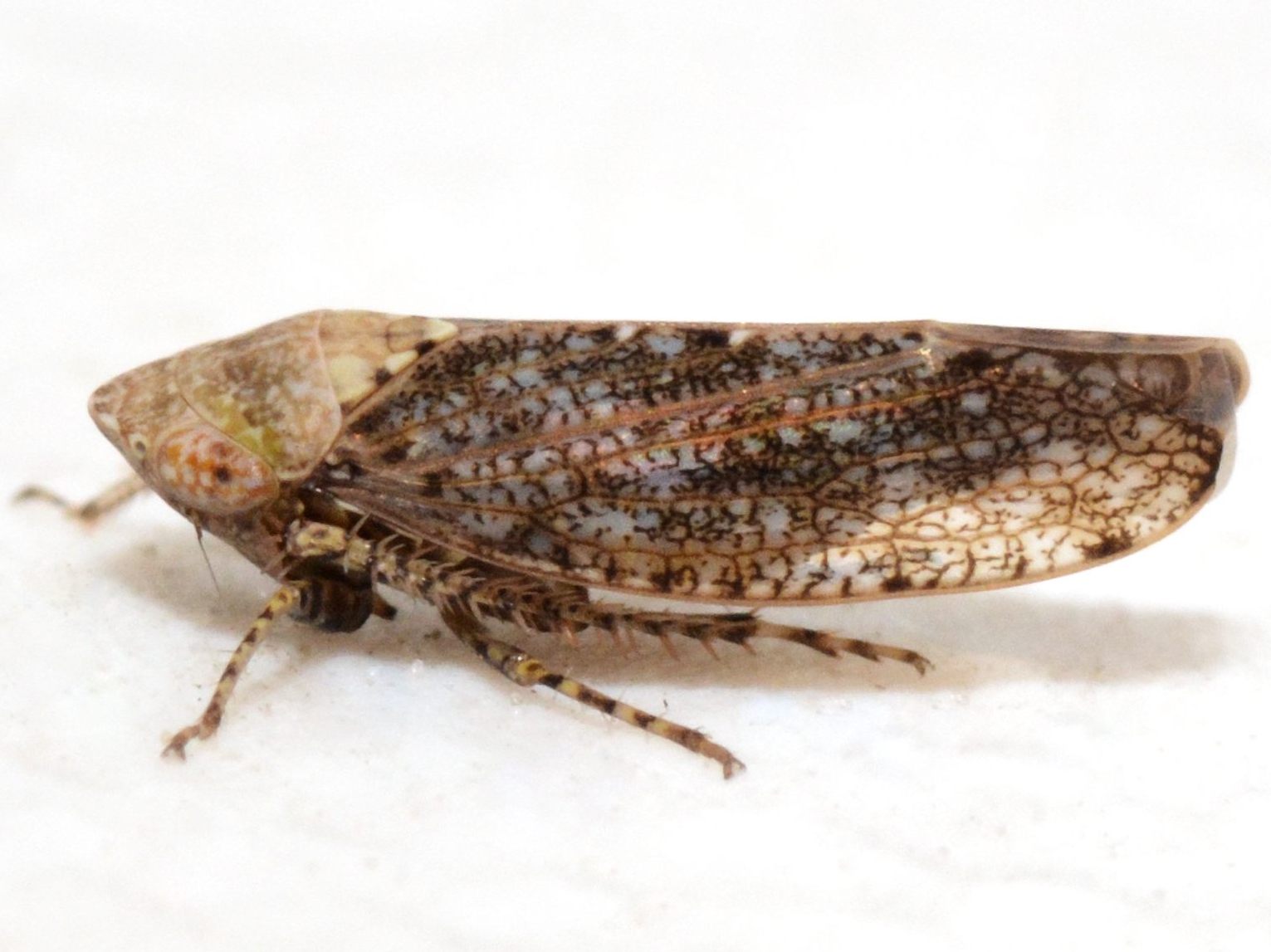
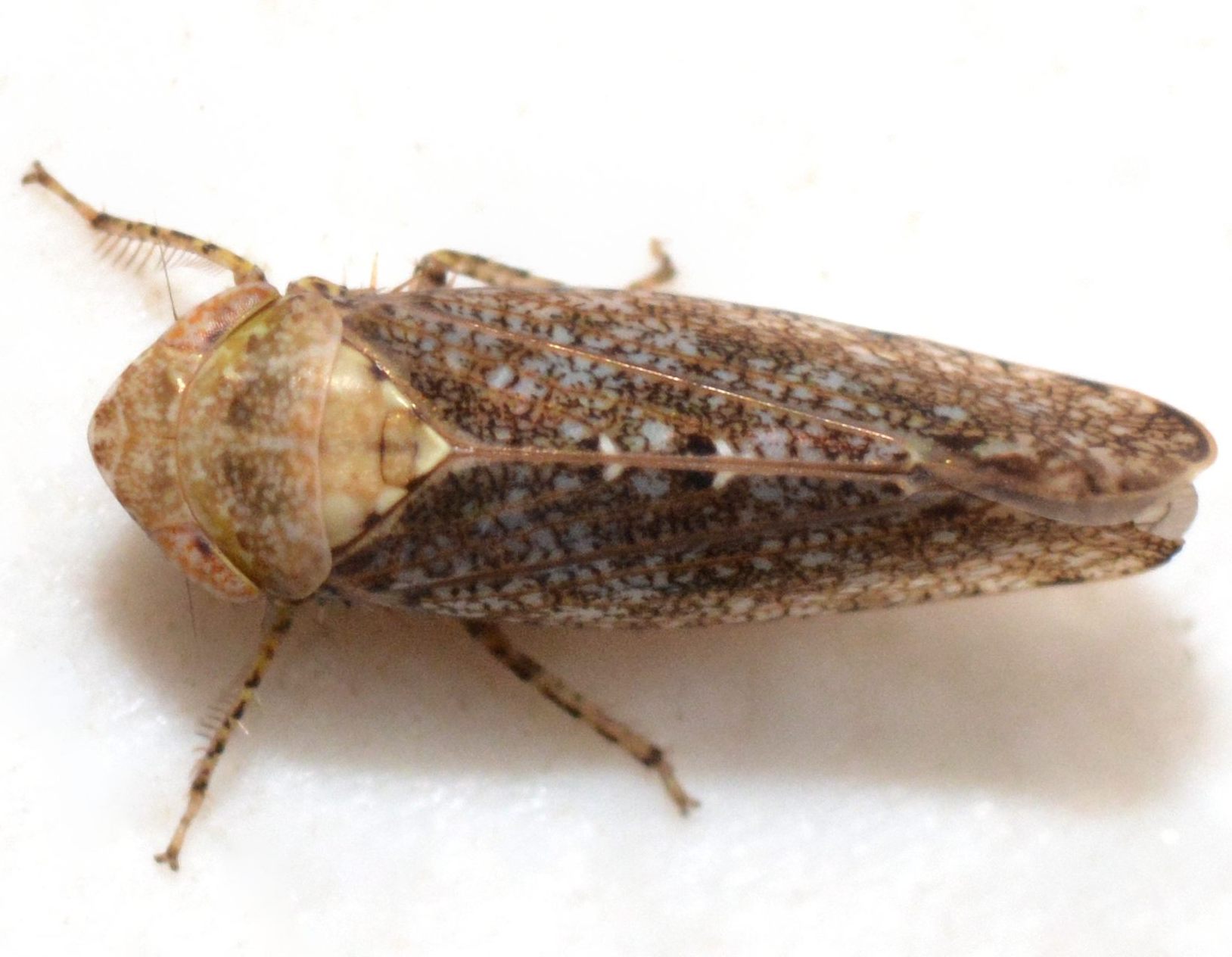

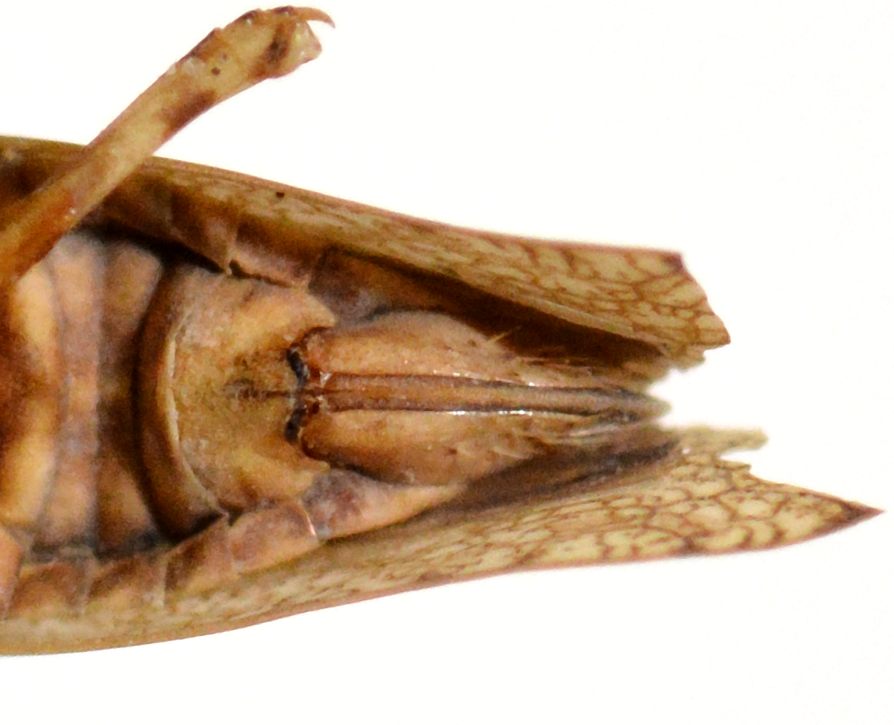

 »
»


